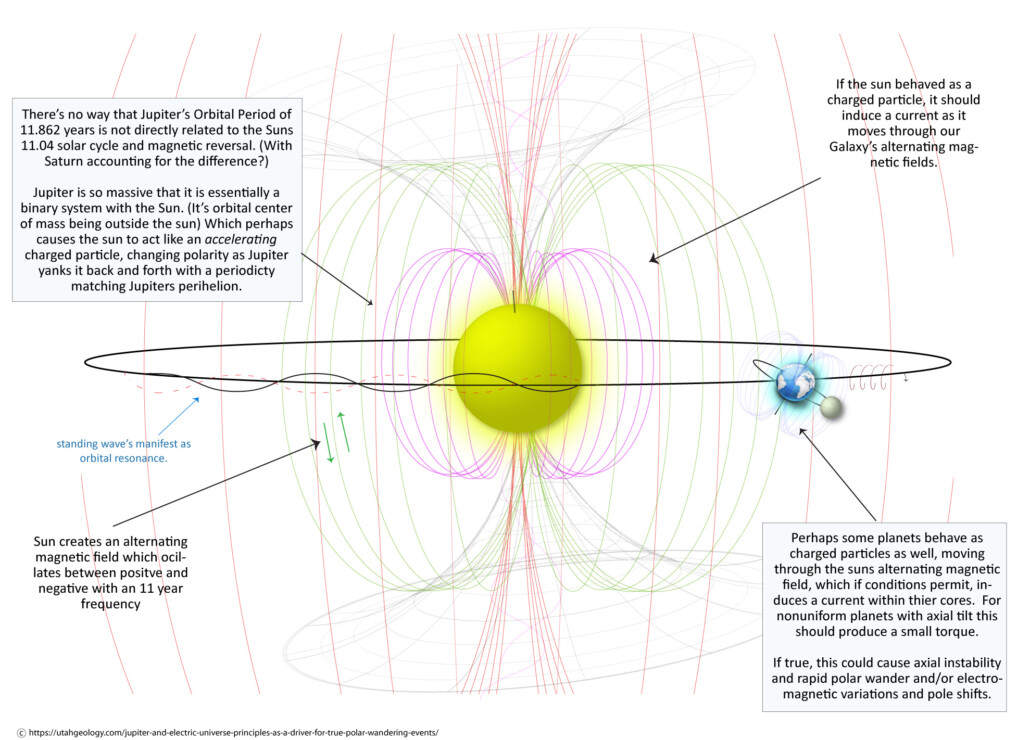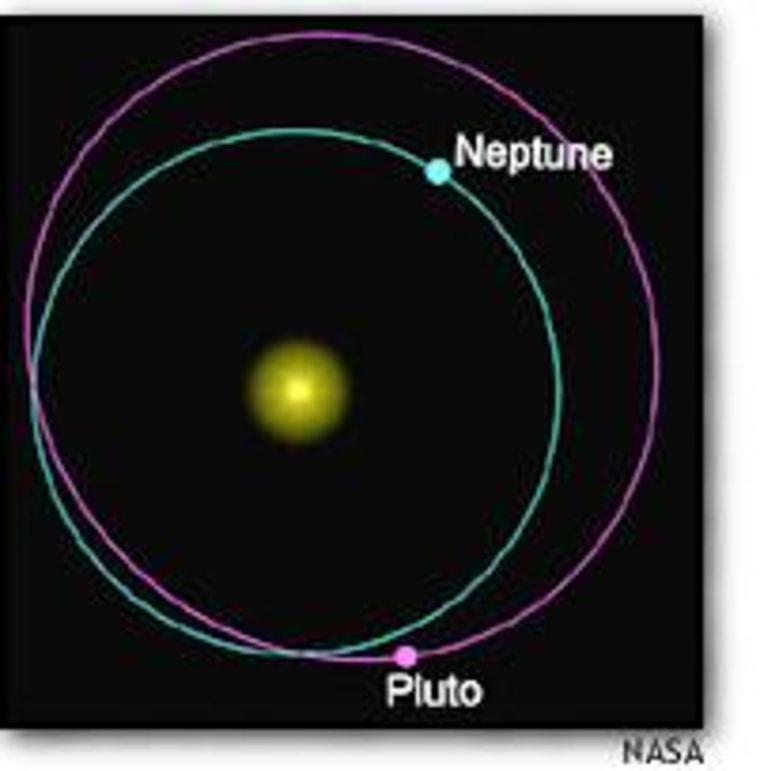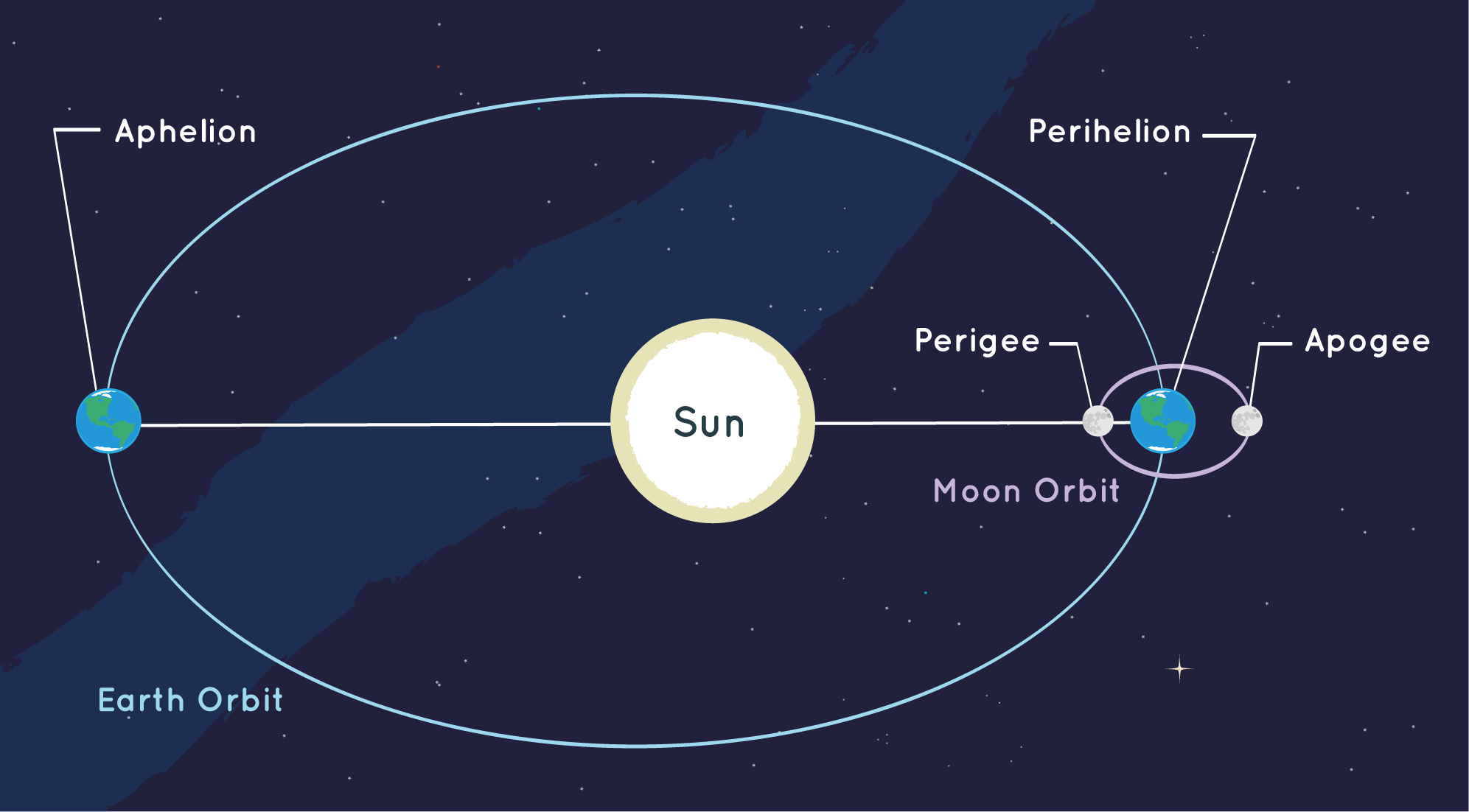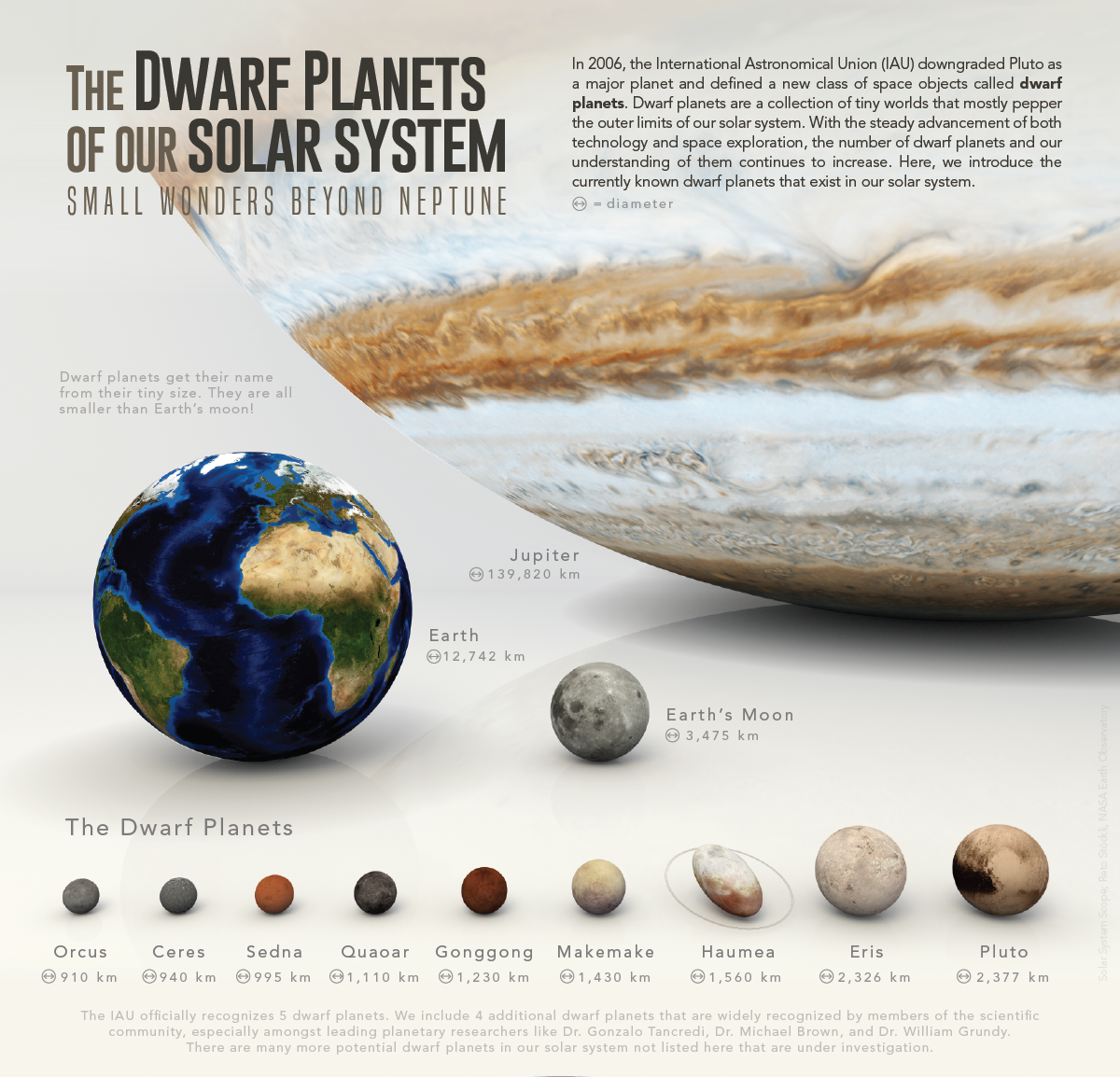They had no scientific base. Planetary orbital paths were depicted as they would appear to an observer on static sun. These were assumed as true paths of the planets in space. While formulating his laws on planetary motions, Johannes Kepler used observations only for few planets.
4,738 Ring Planet Logo Images, Stock Photos, 3D objects, & Vectors | Shutterstock
May 3, 2022An ellipse is an oval shape. This means that sometimes a planet is closer to the sun than at other times. A planet’s speed changes as it moves along this path. The planet speeds up when passing closest to the sun and slows as it gets farther away from the sun. Each planet orbits the sun at a different speed.

Source Image: utahgeology.com
Download Image
The Size and Shape of Orbits. Figure below shows the relative sizes of the orbits of the planets, asteroid belt, and Kuiper belt. In general, the farther away from the Sun, the greater the distance from one planet’s orbit to the next. The orbits of the planets are not circular but slightly elliptical, with the Sun located at one of the foci (see opening image).

Source Image: pinterest.com
Download Image
A Visual Introduction to the Dwarf Planets in our Solar System In celestial mechanics, an orbit (also known as orbital revolution) is the curved trajectory of an object [1] such as the trajectory of a planet around a star, or of a natural satellite around a planet, or of an artificial satellite around an object or position in space such as a planet, moon, asteroid, or Lagrange point.

Source Image: nbcnews.com
Download Image
What Is The Shape Of A Planet’S Orbit
In celestial mechanics, an orbit (also known as orbital revolution) is the curved trajectory of an object [1] such as the trajectory of a planet around a star, or of a natural satellite around a planet, or of an artificial satellite around an object or position in space such as a planet, moon, asteroid, or Lagrange point. Size and Distance Our solar system extends much farther than the eight planets that orbit the Sun. The solar system also includes the Kuiper Belt that lies past Neptune’s orbit. This is a sparsely occupied ring of icy bodies, almost all smaller than the most popular Kuiper Belt Object – dwarf planet Pluto. Beyond the […]
Pluto regains its place on the fringe
Kepler’s First Law describes the shape of an orbit. The orbit of a planet around the Sun (or of a satellite around a planet) is not a perfect circle. It is an ellipse—a “flattened” circle. The Sun (or the center of the planet) occupies one focus of the ellipse. (A focus is one of the two internal points that help determine the shape of an ellipse. 77,383 Orbit Lines Images, Stock Photos, 3D objects, & Vectors | Shutterstock

Source Image: shutterstock.com
Download Image
What Is an Orbit? | NASA Space Place – NASA Science for Kids Kepler’s First Law describes the shape of an orbit. The orbit of a planet around the Sun (or of a satellite around a planet) is not a perfect circle. It is an ellipse—a “flattened” circle. The Sun (or the center of the planet) occupies one focus of the ellipse. (A focus is one of the two internal points that help determine the shape of an ellipse.

Source Image: spaceplace.nasa.gov
Download Image
4,738 Ring Planet Logo Images, Stock Photos, 3D objects, & Vectors | Shutterstock They had no scientific base. Planetary orbital paths were depicted as they would appear to an observer on static sun. These were assumed as true paths of the planets in space. While formulating his laws on planetary motions, Johannes Kepler used observations only for few planets.

Source Image: shutterstock.com
Download Image
A Visual Introduction to the Dwarf Planets in our Solar System The Size and Shape of Orbits. Figure below shows the relative sizes of the orbits of the planets, asteroid belt, and Kuiper belt. In general, the farther away from the Sun, the greater the distance from one planet’s orbit to the next. The orbits of the planets are not circular but slightly elliptical, with the Sun located at one of the foci (see opening image).

Source Image: visualcapitalist.com
Download Image
How to prove the Earth is round | Popular Science Kepler’s First Law describes the shape of an orbit. The orbit of a planet around the Sun (or a satellite around a planet) is not a perfect circle. It is an ellipse—a “flattened” circle. The Sun (or the center of the planet) occupies one focus of the ellipse. A focus is one of the two internal points that help determine the shape of an

Source Image: popsci.com
Download Image
What does opposition mean for an outer planet? In celestial mechanics, an orbit (also known as orbital revolution) is the curved trajectory of an object [1] such as the trajectory of a planet around a star, or of a natural satellite around a planet, or of an artificial satellite around an object or position in space such as a planet, moon, asteroid, or Lagrange point.

Source Image: earthsky.org
Download Image
The Solar System | TheSchoolRun Size and Distance Our solar system extends much farther than the eight planets that orbit the Sun. The solar system also includes the Kuiper Belt that lies past Neptune’s orbit. This is a sparsely occupied ring of icy bodies, almost all smaller than the most popular Kuiper Belt Object – dwarf planet Pluto. Beyond the […]

Source Image: theschoolrun.com
Download Image
What Is an Orbit? | NASA Space Place – NASA Science for Kids
The Solar System | TheSchoolRun May 3, 2022An ellipse is an oval shape. This means that sometimes a planet is closer to the sun than at other times. A planet’s speed changes as it moves along this path. The planet speeds up when passing closest to the sun and slows as it gets farther away from the sun. Each planet orbits the sun at a different speed.
A Visual Introduction to the Dwarf Planets in our Solar System What does opposition mean for an outer planet? Kepler’s First Law describes the shape of an orbit. The orbit of a planet around the Sun (or a satellite around a planet) is not a perfect circle. It is an ellipse—a “flattened” circle. The Sun (or the center of the planet) occupies one focus of the ellipse. A focus is one of the two internal points that help determine the shape of an